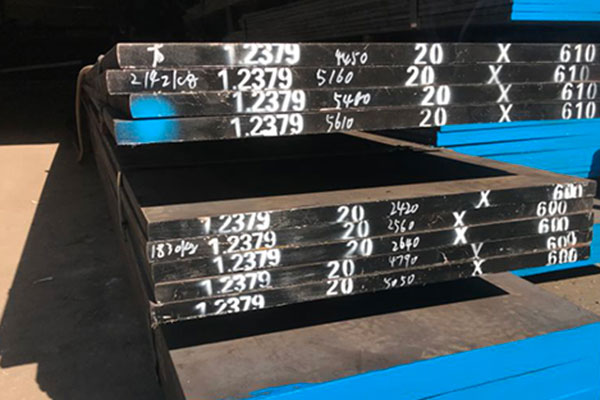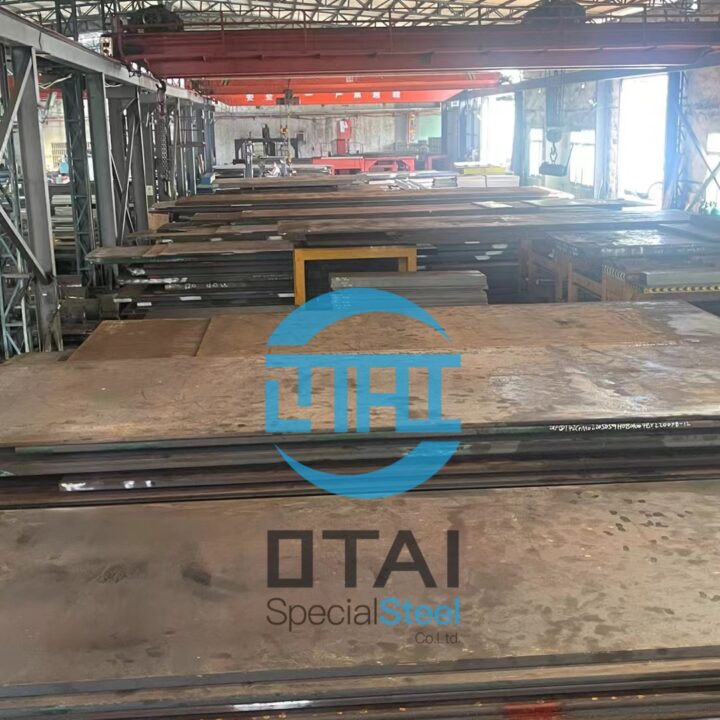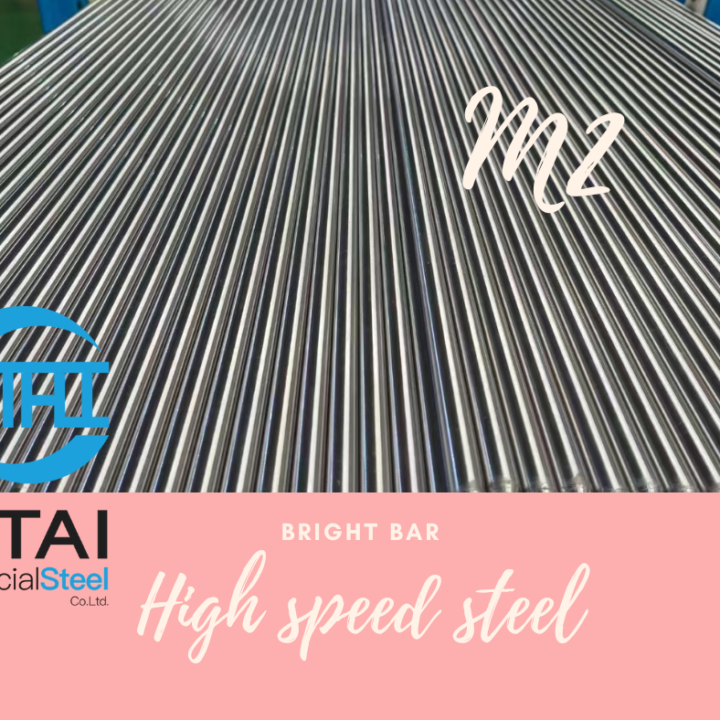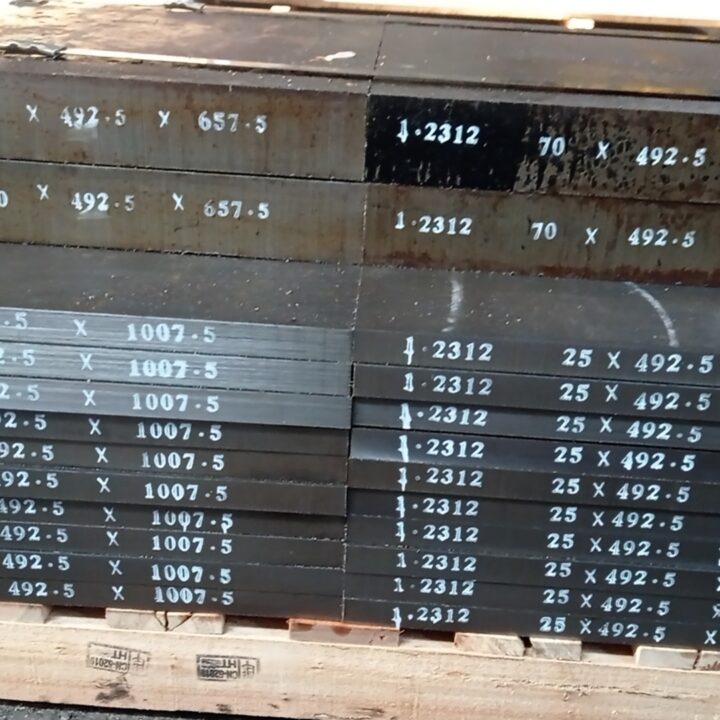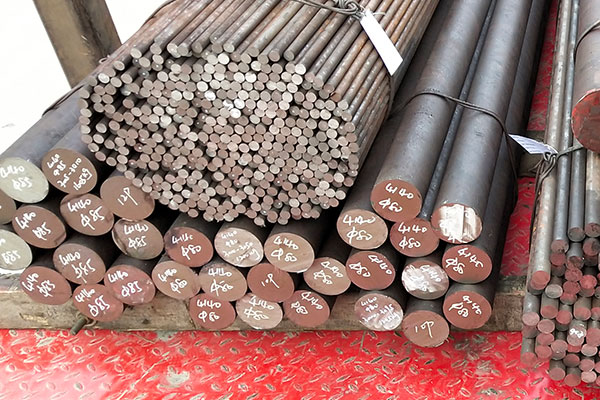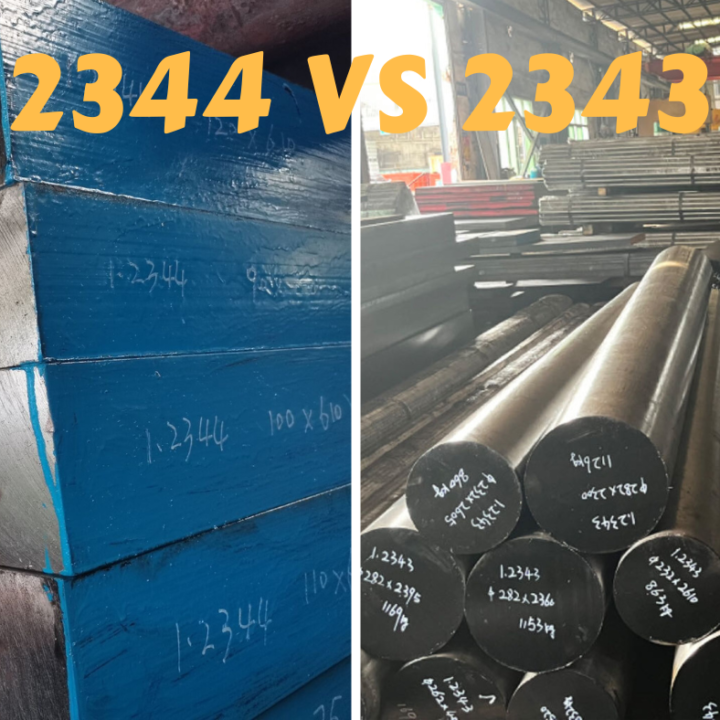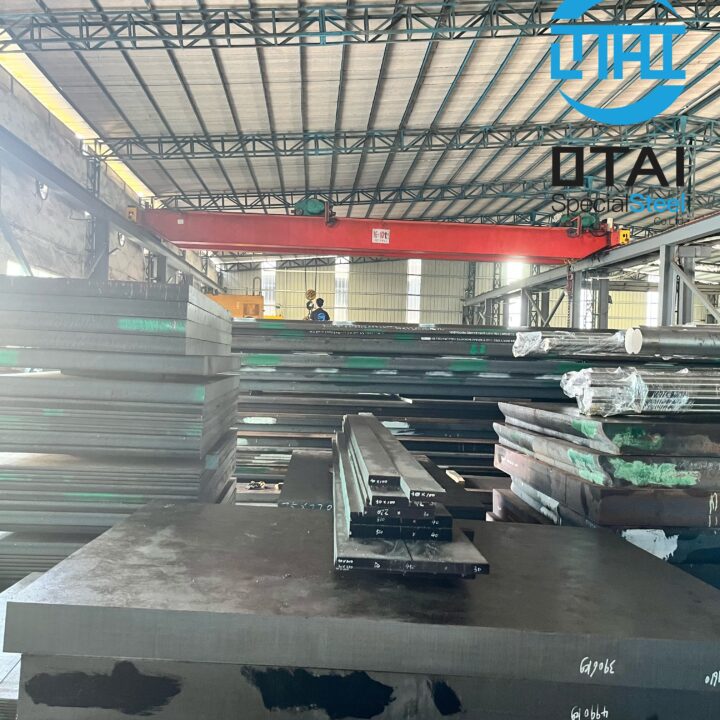How Does 1.2083 Compare to Stainless Steel?
Choosing the right steel material can be challenging, especially when selecting between 1.2083 tool steel and stainless steel. Both have unique properties that make them suitable for specific applications. If you’re wondering whether 1.2083 tool steel is the right choice over stainless steel, this guide will help you understand their differences in composition, performance, applications, and advantages.
Chemical Composition: 1.2083 vs. Stainless Steel
| Element | 1.2083 (%) | 304 (%) | 420 (%) |
|---|---|---|---|
| Carbon (C) | 0.36 – 0.42 | ≤ 0.08 | 0.15 – 0.40 |
| Chromium (Cr) | 12.5 – 14.5 | 18 – 20 | 12 – 14 |
| Manganese (Mn) | ≤ 1.00 | ≤ 2.00 | ≤ 1.00 |
| Silicon (Si) | ≤ 1.00 | ≤ 1.00 | ≤ 1.00 |
| Nickel (Ni) | – | 8 – 10 | – |
| Molybdenum (Mo) | – | – | – |
Key Differences Between 1.2083 and Stainless Steel
- Corrosion Resistance: Stainless steel, particularly 304 and 316 grades, has better corrosion resistance than 1.2083 due to the presence of nickel and molybdenum.
- Hardness: 1.2083 tool steel has a much higher hardness (50-52 HRC) after heat treatment, whereas stainless steel typically has lower hardness unless specially hardened (e.g., 420 stainless steel).
- Wear Resistance: 2083 offers superior wear resistance, making it ideal for plastic molds and cutting tools, while stainless steel is more resistant to impact and deformation.
- Polishability: 2083 steel has exceptional polishability, making it suitable for high-gloss plastic molds, whereas stainless steel, though polishable, does not achieve the same level of clarity.
- Machinability: Stainless steel is generally easier to machine than 1.2083 tool steel, which requires careful cutting conditions due to its high hardness.
- Toughness: Stainless steel, especially austenitic grades (304, 316), has better toughness and ductility compared to 2083, which is harder but more brittle.
Applications of 1.2083 vs. Stainless Steel
| Application | 1.2083 Tool Steel | Stainless Steel |
| Plastic Mold Manufacturing | ✓ Excellent | ✗ Not ideal |
| Medical and Surgical Tools | ✓ Good | ✓ Excellent |
| Food Processing Equipment | ✓ Good | ✓ Excellent |
| Cutting Tools & Blades | ✓ High Wear Resistance | ✗ Lower Wear Resistance |
| Corrosion-Prone Environments | ✓ Moderate | ✓ Excellent |
| Automotive Components | ✓ Selective Use | ✓ Widely Used |
| Structural Applications | ✗ Not Recommended | ✓ Excellent |
When Should You Choose 1.2083 Tool Steel?
- If you need high hardness (50-52 HRC) and wear resistance.
- When manufacturing plastic molds requiring mirror polishing.
- For applications requiring corrosion resistance with high precision.
- When looking for long-lasting durability under friction and stress.
When Should You Choose Stainless Steel?
- If excellent corrosion resistance is the priority (e.g., marine, chemical, or medical environments).
- When working in high-moisture or acidic conditions.
- For structural or decorative purposes where toughness is key.
- If easy weldability and machinability are needed.
Which Steel is More Cost-Effective?
- 1.2083 tool steel is more expensive due to its heat treatment requirements and machining difficulty.
- Stainless steel is generally more affordable and easier to work with in standard applications.
However, if durability and extended lifespan are the primary concerns, the initial cost of 1.2083 may be justified by its longer tool life and reduced maintenance.
Conclusion
While both 1.2083 tool steel and stainless steel have unique advantages, the right choice depends on your specific needs. If you need high hardness, wear resistance, and superior polishability, 1.2083 tool steel is the best option. However, if corrosion resistance, toughness, and ease of machining are more critical, then stainless steel is the better choice. Understanding these differences will help you select the right material for your project.
Looking for high-quality 1.2083 tool steel? Contact us at [email protected] or message us on WhatsApp: +8613642825398 for expert advice and competitive pricing!
FAQs
1. Is 2083 tool steel rust-proof? No, while 2083 has good corrosion resistance, it is not completely rust-proof like some stainless steel grades.
2. Can 2083 tool steel be welded? It is not recommended for welding due to its high hardness, but specialized welding techniques can be used if necessary.
3. Which is stronger, 2083 or stainless steel? 2083 has higher hardness and wear resistance, while stainless steel has better toughness and impact resistance.
4. What is the best stainless steel alternative to 2083? 420 stainless steel is the closest alternative but has slightly lower wear resistance.
5. Can 2083 be used for food-grade applications? Yes, it is sometimes used in food processing molds, but 316 stainless steel is a better choice for direct food contact due to its superior corrosion resistance.

